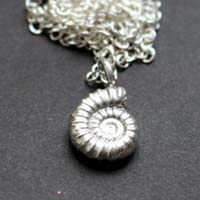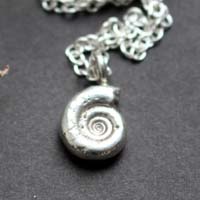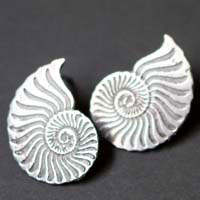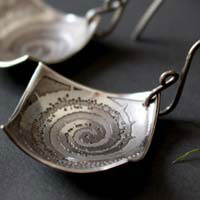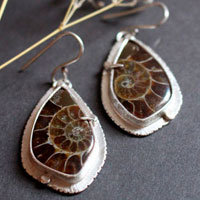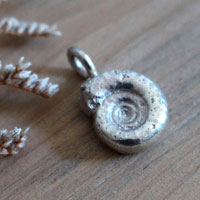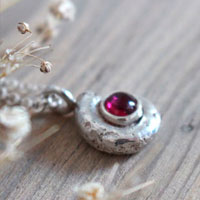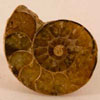- Jewelry
- Inspiration
- Our imagination
- Birthstones
- Celebrating with Eternal Flowers
- Druids and druidesses
- Flower meanings
- History, archeology jewelry
- History and healing properties of metals
- History and healing properties of stone
- Illumination jewelry
- Japanese symbols
- Maya calendar jewelry
- Stone color symbolism
- Stones catalogue
- Wedding anniversaries
- Searches a theme on the site
- Good Deals
- Paintings
- About
- Contact
JEWELRY
- Anklet
- Bracelets
- Brooches
- Cufflinks
- Earrings
- Pendants & Necklaces
- Rings
- Draw your jewelry
- How to clean your jewel
- Metal we used
INSPIRATION
- Our imagination
- Birthstones
- Celebrating with Eternal Flowers
- Druids and druidesses
- Flower meanings
- History, archeology jewelry
- History and healing properties of metals
- History and healing properties stones
- Illumination jewelry
- Japanese symbols
- Maya calendar jewelry
- Stone color symbolism
- Stones Catalogue
- Wedding anniversaries
- Searches a theme on the site
Ammonite: history, healing properties and lithotherapy
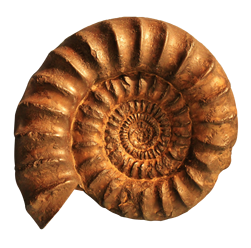
Ammonite properties

Ammonites, fascinating marine creatures, belong to an extinct subclass of cephalopods. Their spiral-shaped shells resemble those of snails but are composed of chambers separated by partitions. The last chamber was inhabited by the animal, while the others served as buoyancy chambers, adjusting the ammonite’s floatation in the oceans. The diversity of ammonites is remarkable, with shells that are straight, loosely coiled, or tightly spiral-shaped, each presenting distinct morphological characteristics used for identification.
Their current descendants include cephalopods such as the nautilus, octopus, squid, and cuttlefish, although ammonites became extinct about 65 million years ago during the Cretaceous-Paleogene extinction event. Their fossils, discovered in various geological layers, serve as valuable chronological markers for paleontologists, allowing precise dating of the periods in which they lived.
Ammonites appeared around 415 million years ago, during the Devonian period, and their evolutionary history spans hundreds of millions of years. They thrived in the world’s oceans, evolving into a multitude of shapes and sizes, ranging from specimens a few millimeters long to giants over two meters in diameter. Their extinction coincides with that of the dinosaurs, marking the end of many species on Earth during a major extinction event.
The name "ammonite" comes from the spiral shape of their shell, reminiscent of a ram’s horns. Pliny the Elder referred to them as "cornua Ammonis" or "horns of Ammon," after the Egyptian god Amon, who was often depicted with ram’s horns. This symbolic association adds a mystical dimension to the ammonite, making it not only a geological fossil but also a testament to ancient mythology and beliefs.
History, legends, and beliefs on ammonites
Until the mid-18th century, the origin of ammonites remained shrouded in mystery, leading to various mythological tales and beliefs. These fossils were often interpreted as magical or sacred objects, carrying deep spiritual meanings.
In Greek mythology, placing an ammonite under the pillow was reputed to ward off insomnia. They were called "ophites," a name suggesting a connection to snakes (from the Greek "ophis"), as they were believed to prevent snake bites, as well as to preserve vision and sexual energy.
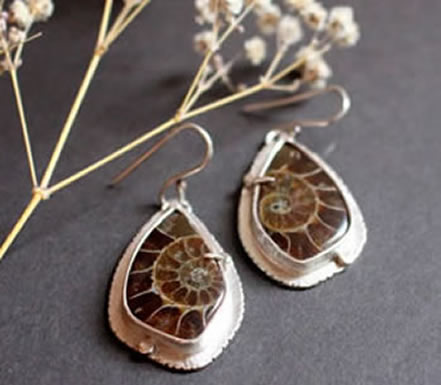
During the medieval period in Europe, ammonites were perceived as petrified snakes, and in England, they were known as "snakestones." In this country, they were widely regarded as evidence of miracles, including those attributed to revered figures like Hilda of Whitby and Saint Patrick. In Whitby, England, where these fossils are abundant, local legend tells that Saint Hilda (614-680) drove out the serpents infesting her monastery by decapitating them, causing them to coil up into spirals and turn into stone.
Ammonites were believed to possess healing powers and the ability to confer oracular visions. Some "magicians" of the time thought that placing an ammonite under the pillow would grant divine visions. A thriving relic trade developed, with ammonites adorned with painted or sculpted serpent heads being sold, further reinforcing their reputation as bearers of miracles and mystical artifacts.
In Germany, ammonites were known as "dragons of stone" and were attributed magical powers to repel evil spirits and curses. They were sometimes placed in cow’s milk to restore milk production, reflecting the significance of these fossils in rural beliefs.
In China, ammonites were viewed as horns and were called Jiao-shih, literally translated as "horn stone." They were often associated with protective attributes and symbolized strength and resilience.
For Hindus, ammonites, especially those from the Gandaki River in Nepal, were seen as manifestations of the god Vishnu, known as shaligrams. These fossils were revered in religious rituals, embodying the divinity and power of the universe in a tangible form. The shaligrams from the Gandaki River are still used in Hindu religious rituals today, highly sought after both as sacred objects and valuable collectibles. The trade of these fossils reflects an intersection of geology, spirituality, and economy, linking ancient traditions with contemporary practices.
In Australia, Aboriginal people used ammonites as protective amulets, believing they could bring luck and spiritual connection with nature. Their use was part of a belief system where fossils were seen as intermediaries between the physical and spiritual worlds.
Among the Blackfeet Indians of the United States, the ammonite was given special significance, linked to the sleeping posture of the bison. They referred to it as the "buffalo stone" or "iniskims" and incorporated it into their hunting rituals. They believed this practice honored the spirit of the bison and ensured a successful hunt. Additionally, finding an ammonite before a long journey was considered a favorable omen, symbolizing protective blessings for the traveler.
For the Navajos, the ammonite was called "wanisugna," which translates literally to "life in the seed" or "seed in the shell." These fossils were used by medicine men, highlighting their essential role in ritual and healing practices. The Navajos attributed deep significance to these ammonites, viewing them as symbols of life and growth, in harmony with the natural and spiritual cycles of their culture.
Healing properties and benefits of ammonites
Throughout human history, man has attributed various healing properties, virtues, and beliefs to ammomite. The information presented here is shared for cultural and historical purposes, to illustrate the symbolic relationship between this stone and man throughout time and civilizations. It does not constitute a therapeutic or medical recommendation.
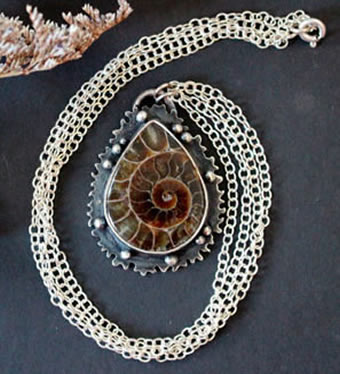
Although the question of specific virtues associated with a fossil continues to spark debate among lithotherapy experts, the ammonite is often recognized for its benefits on both physical and spiritual levels. It is challenging to distinguish whether its virtues come from the material, the stone, or the fossilized animal itself. Despite differing opinions, some properties have emerged from these discussions:
- In lithotherapy, the ammonite is sometimes recommended for pregnant women, especially during childbirth. It is reputed for its calming effects, helping to reduce stress and pain associated with this natural process. Its symbolic connection to creation and rebirth reinforces its association with supporting maternity.
- The ammonite is linked to an increase in vital energy. Its spiral structure, symbolizing continuity and evolution, is believed to help those who wear it tap into deep reserves of endurance and inner strength. It is often recommended to support individuals experiencing periods of fatigue or overwork.
- The healing properties of the ammonite are frequently associated with several bodily systems. It is said to help address issues related to blood pressure, improve lung and ear health, and support the digestive system. It is also reputed to facilitate detoxification by removing energetic blockages.
 Please note that all healing properties attributed to stones come from ancient traditions and various cultural sources. This information is provided for informational purposes only and does not constitute medical advice. In case of any health concerns, it is recommended to consult a qualified professional.
Please note that all healing properties attributed to stones come from ancient traditions and various cultural sources. This information is provided for informational purposes only and does not constitute medical advice. In case of any health concerns, it is recommended to consult a qualified professional.
Ammonite jewelry samples
To learn more about litotherapy, we recommend you the following books:

